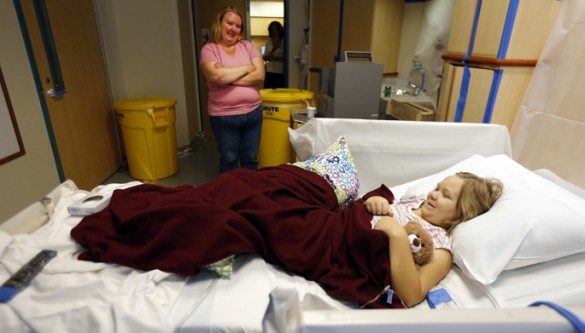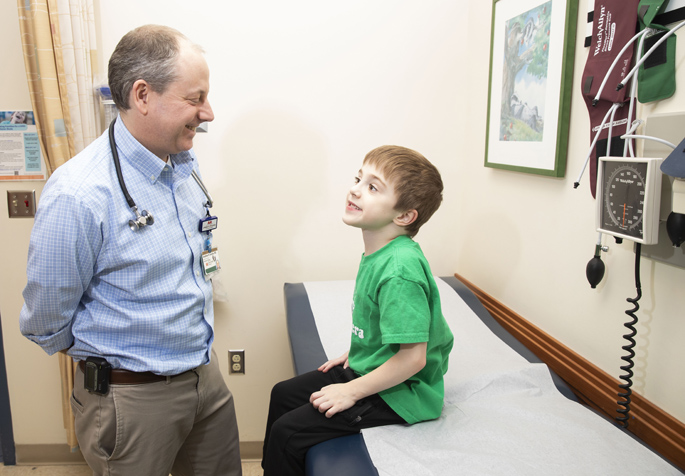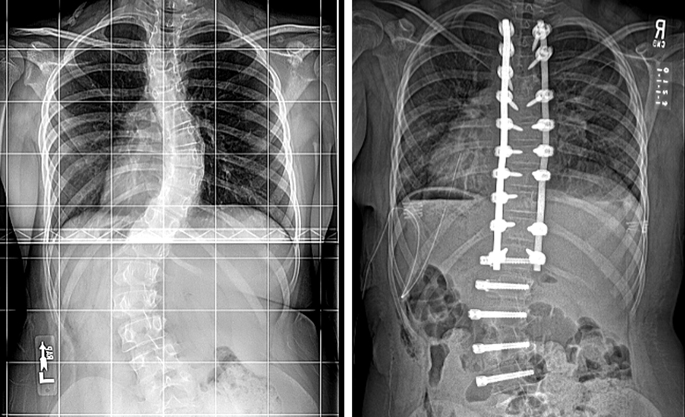
Ten-year-old Madison Monday holds a small stuffed brown bear tightly under her arm as she receives an innovative therapy for neuroblastoma, a cancer that develops from nerve tissue.
When the treatment is done, the fluffy surrogate buddy will have to be put in the trash. It’s a sacrifice to tackle the stage-four disease that has left her with few treatment options.
Madison was the first patient at the Monroe Carell Jr. Children’s Hospital at Vanderbilt to be treated with meta-iodobenzylguanidine (MIBG), an antibody, in the hospital’s new lead-lined room, which was built as part of a 33-bed, 30,000-square-foot expansion.
The unique space is reserved for a targeted radioactive therapy for patients with neuroblastoma as well as other cancers. The room is used when other cancer-fighting therapies have failed for patients.
Inside the room, the young patients receive an intravenous dose of MIBG, which is tagged to radioactive iodine. Administration of the drug takes an hour and a half, but the child is radioactive for about four days and remains in the room during that time with limited contact.
Fewer than 10 lead rooms exist in the United States, and about six of them are at children’s hospitals.
“It’s really a unique service for a population of patients that is terribly high risk; primarily for patients with neuroblastoma,” said Haydar Frangoul, M.D., Carolyn Perot Rathjen Professor of Pediatrics and director of the Pediatric Blood and Marrow Transplant Program. “Because the radiation is very high, the patient needs to be isolated to protect not only the caregivers but everyone in the rest of the hospital.”
Madison was first diagnosed with neuroblastoma at age 3 in 2006. She’s had multiple treatments, including chemotherapy and tumor resections. She’s also had multiple relapses.
“At the point when she relapsed, they told us only a couple options were available,” said Melissa Smith, Madison’s mother. “We knew there were some risks, and she would have to be in a room by herself. That was a scary thought.”
The lead-lined room, on the sixth floor of Children’s Hospital, is fully encased in 27,000 pounds of lead shielding created from reclaimed firing range bullets. It’s enough lead to stretch the length of 42 football fields and to make 150,000 toy soldiers, and it prevents radiation from leaking out of the room.
During the child’s stay, the room is lined with plastic sheeting to make cleanup of radioactive, hazardous materials easier. Any personal items, such as Madison’s bear, that enter the room must be thrown away at the end of treatment.
Parents act as the primary caregivers, outfitted in hospital clothing to help protect against too much radiation. The parents stay in an adjoining anteroom for protection from radiation and have two-way audio and visual communication so they can interact with the child.
“One of the great things about the therapy at Vanderbilt is the anteroom, which was right beside her room. I could quickly go around and suit up and go into her room,” Smith said.
Nurses go in only briefly to avoid overexposure from caring for multiple patients. They follow a basic time/distance/shielding safety protocol and have extensive training on the therapy and room.
Smith said Madison had a good response from the first radiation therapy, better than she has with previous chemotherapy treatments. She is due to return to the lead room for a second round of treatment.
“In her scans about a month ago, the cancer was in about half the amount of bone it was originally, and she’s not in any pain,” Smith said.
“This time we know exactly what to expect, and we’re excited about it because of the first round. Hopefully she will have the same response this time.”
Once again, Madison will return to the room with a replica of her fluffy bear buddy ready to battle her illness.















